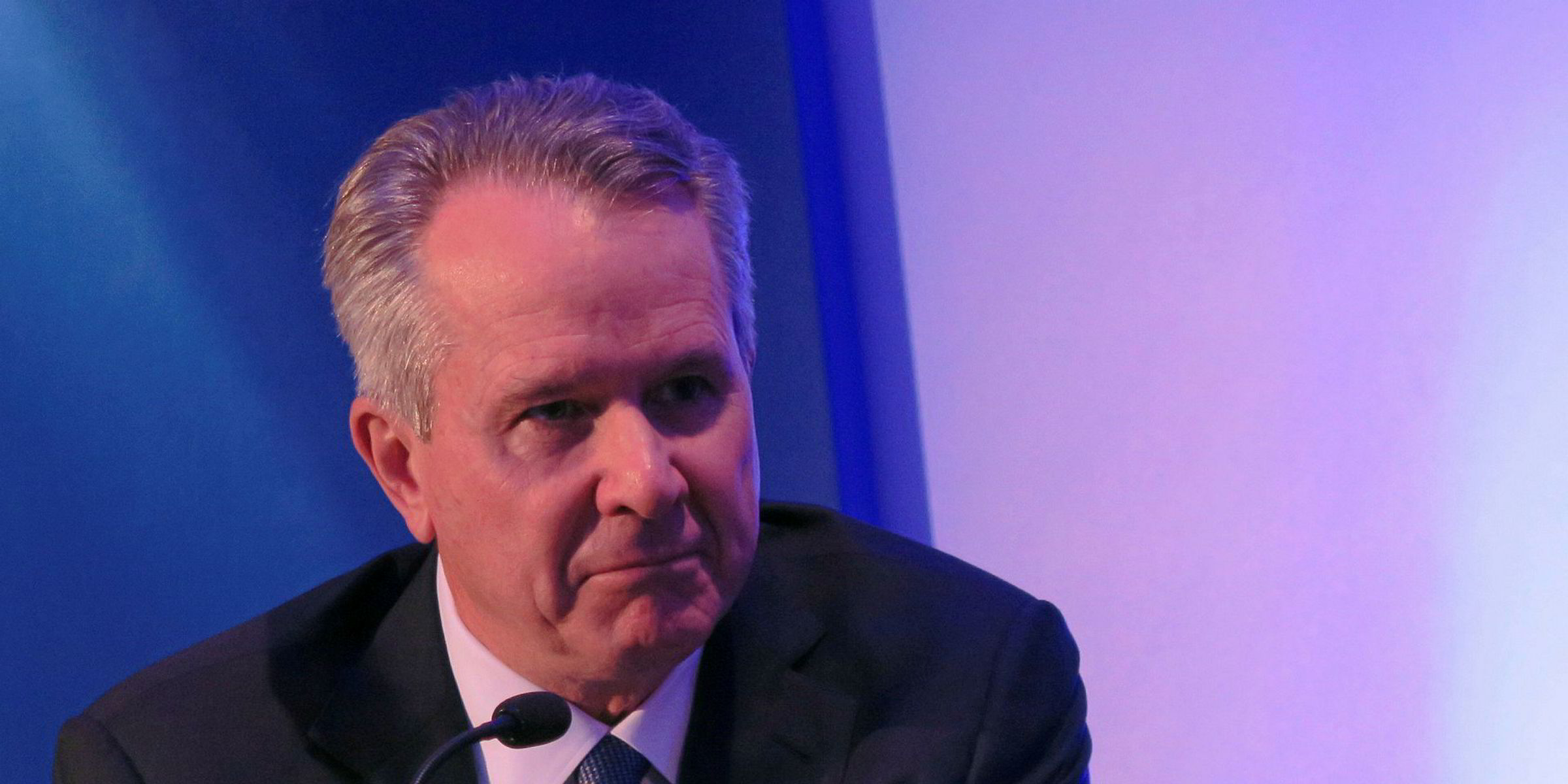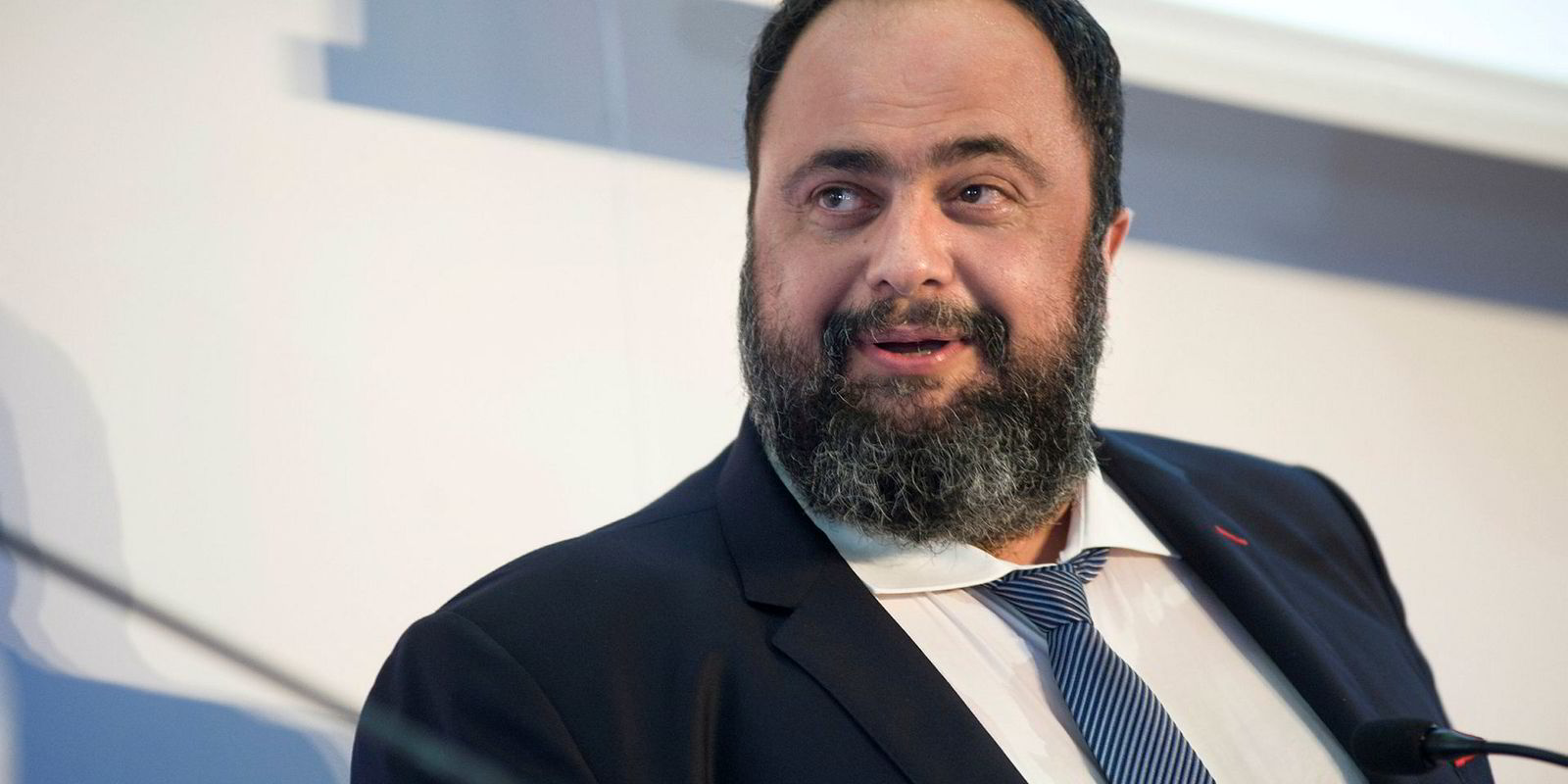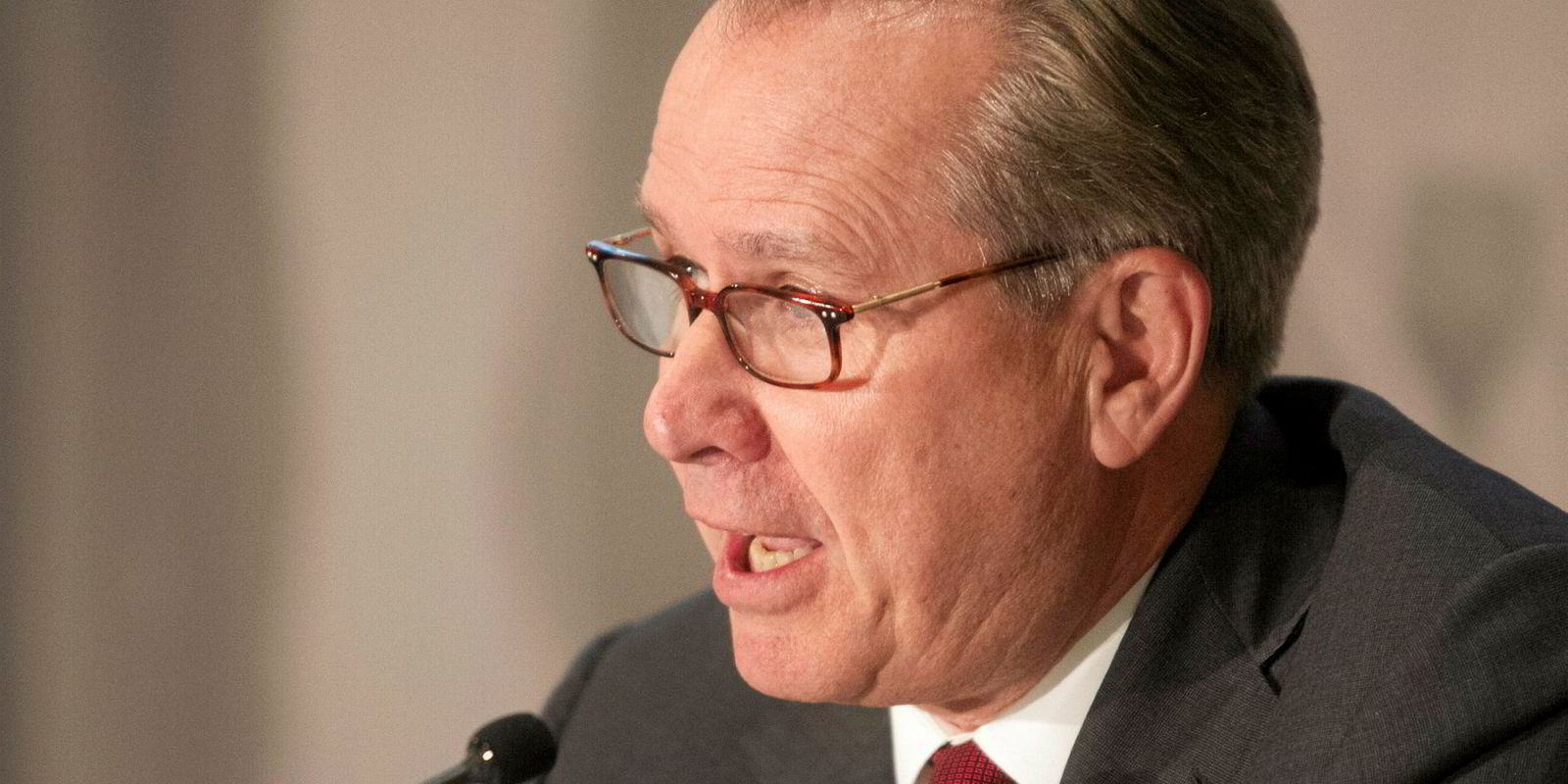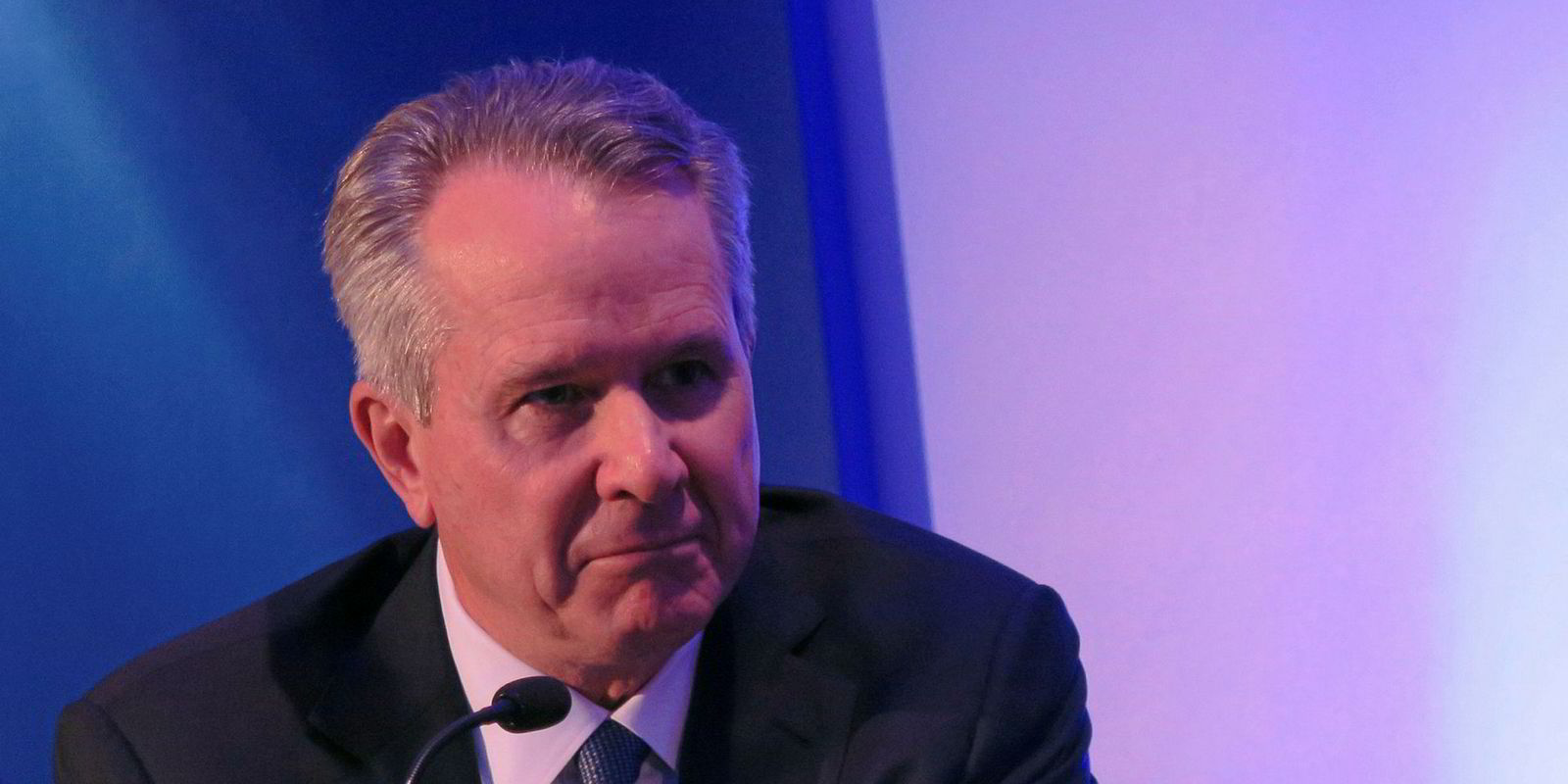The Texan who leads soon-to-be-public Diamond S Shipping says he does not expect an investor stampede out of the company once its shares become tradable through completion of a merger with Capital Product Partners.
For one thing, investors will be bound by a six-month “lockup” period that prevents them from selling shares, said chief executive Craig Stevenson.
Even after that expires, though, the Diamond S private-equity backers are likely to hang around to profit from rising markets in both the crude- and products-tanker sectors, Stevenson maintained in a conference call with equity analysts this morning.
The veteran tanker executive drew a parallel to his years leading the former OMI Corp, which saw investors profit handsomely after the Stevenson-led management team sold the company near the top of the market in 2007.
“When we created Diamond S, we created it with the thought and aspiration that eventually we’d be a public company — we thought that would be the best outcome for our shareholders to receive value,” Stevenson said.
“At OMI we happened to pick a point close to the top of the market when we ultimately sold that business. We made a lot of money for our OMI shareholders and we’d like to make a lot of money for our [Diamond] shareholders in the same way.”
Stevenson addressed the issue in response to questions from Stifel analyst Ben Nolan as equity pundits began to digest private owner Diamond’s $1.65bn all-shares merger with New York listed Capital, which was announced Tuesday night.
The deal will create the world’s fifth-largest tanker company with 68 vessels — 43 trading clean products and 25 crude.
Some of Stevenson’s investors — like US-based First Reserve Corp — have been with him on the Diamond S vehicle since 2007. Others, like former Wilbur Ross vehicle WL Ross & Co, came aboard in 2011.
In either case, a public listing has been a long time in coming.
“The company has been around for a while,” Stevenson said. “Our original sponsors think it’s a great thing that we are public and they also see the fortunes of the industry and of Diamond increasing over the next several years.
“I don’t think there’s any immediate plan to sell down at this point in the cycle. I think they want to take advantage of the cycle, quite frankly. We’ve seen recent positive movements in both crude and products and they want to do things in their own self interest.”
Both Stevenson and Capital Products executive Jerry Kalogiratos suggested they’d been discussing the combination since at least “last summer.” TradeWinds reported rumoured discussions between the two in August.
Both men said they were attracted to a deal that would come near the bottom of the cycle for both crude and products, with the ability to take advantage of ascending markets.
“I can tell you when we started discussing this a few months back, both Craig and I thought it would come at the right moment — that it might be the right time for the tanker market,” Kalogiratos said.
A large impetus for Capital, he said, was the realisation that the tankers being contributed by the company — with an average age approaching 10 years — were getting a bit old to remain part of a master limited partnership (MLP), which depends on long-term charter revenue to underpin stable cash flows.
“With an ageing fleet, it’s more difficult to charter tankers long term,” Kalogiratos said, while noting that such tankers still retain strong prospects for attractive spot-market earnings in the new Diamond structure.
For Capital, the deal also unlocks value for shareholders who had seen the vehicle trade well below estimates of net asset value.
It also raises prospects for Capital sponsor Evangelos Marinakis to drop down into the remaining MLP his privately owned assets in LNG, containerships, VLCCs and aframax tankers.
“I think it is a classic win-win,” Stevenson said.
Upon completion of the deal, anticipated in the first quarter of 2019, Diamond S shares will immediately begin to trade on the Nasdaq without the need for a traditional initial public offering.
With the US IPO market closed to shipping for the past three years, Diamond would have struggled to find a proper valuation through a conventional offering, especially accounting for an IPO discount and underwriting fees, finance source say.
Diamond lost an earlier chance to list the products fleet in 2014 when Ross elected to pull the deal, citing inadequate pricing. It is strongly believed that Stevenson and Diamond’s management team favoured accepting the IPO terms.
“For a long time, we’ve wanted to be public,” Stevenson told analysts today.
“We wanted to be public in a smart and efficient way. This is about as creative a way to get public as you can come across.”







